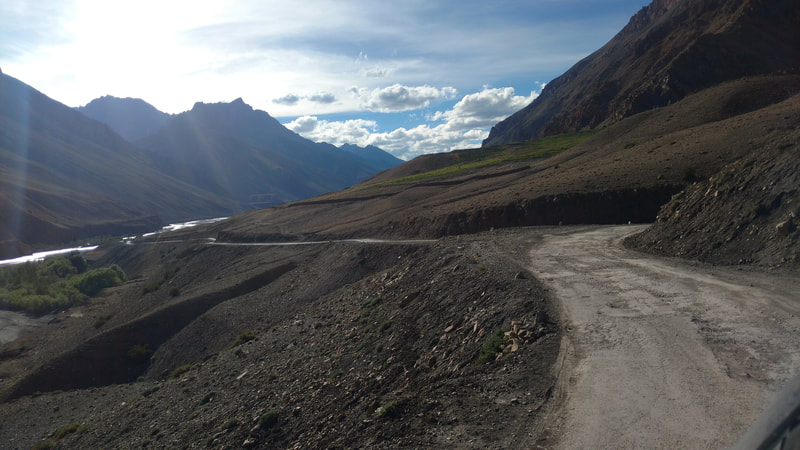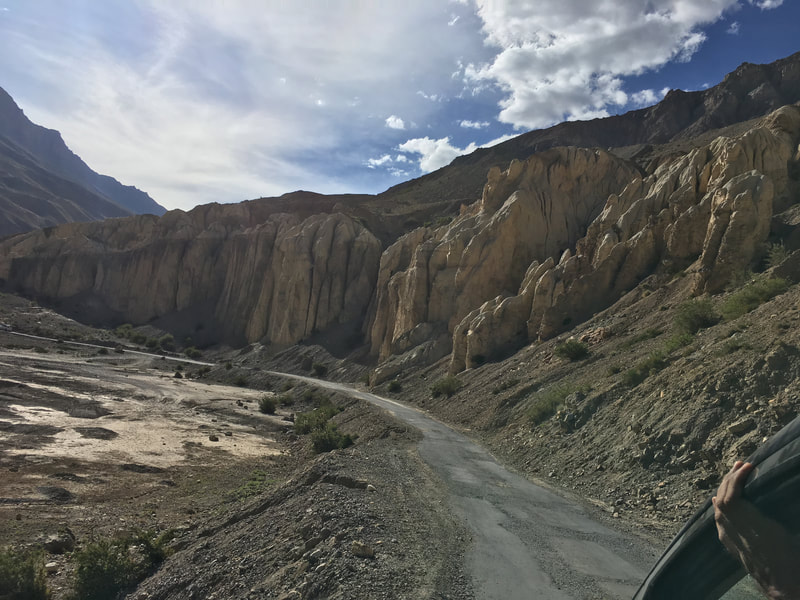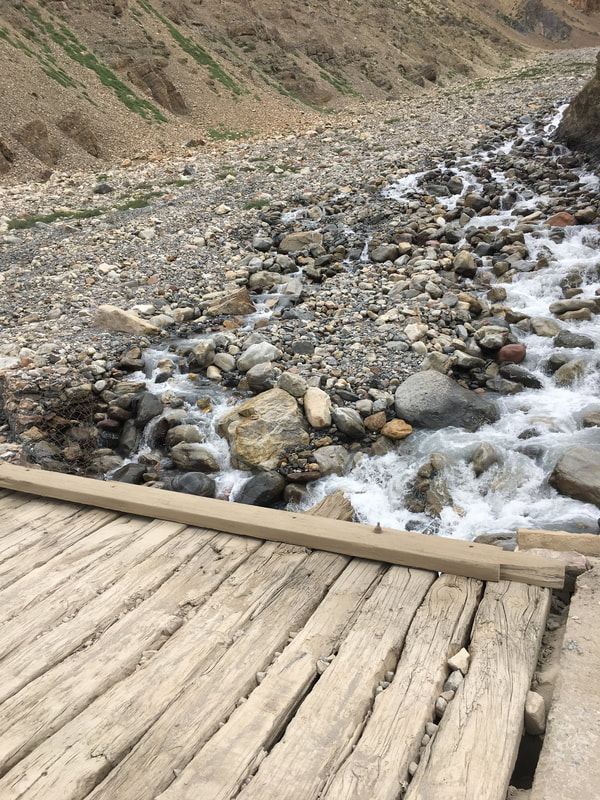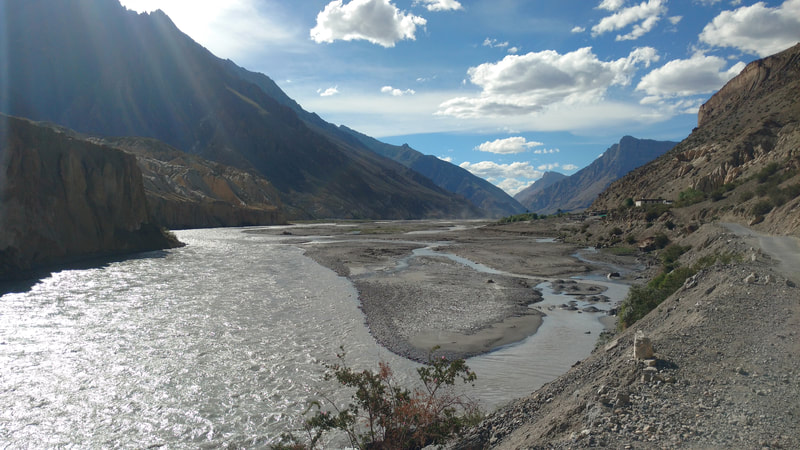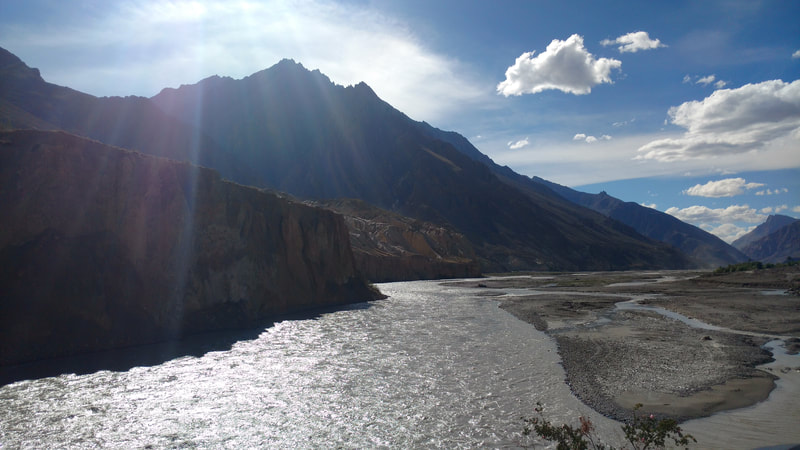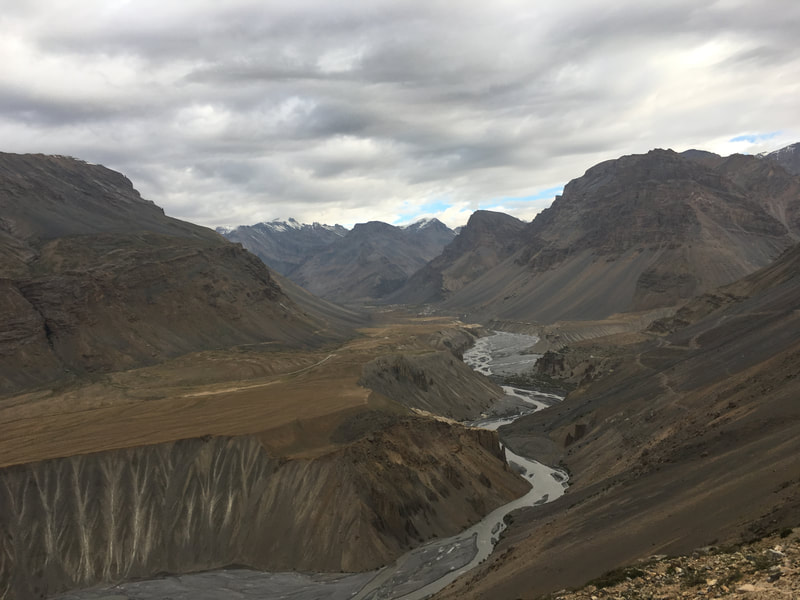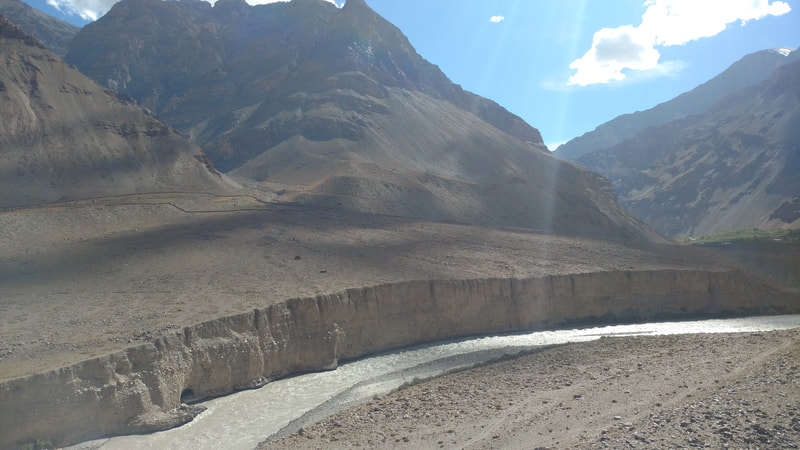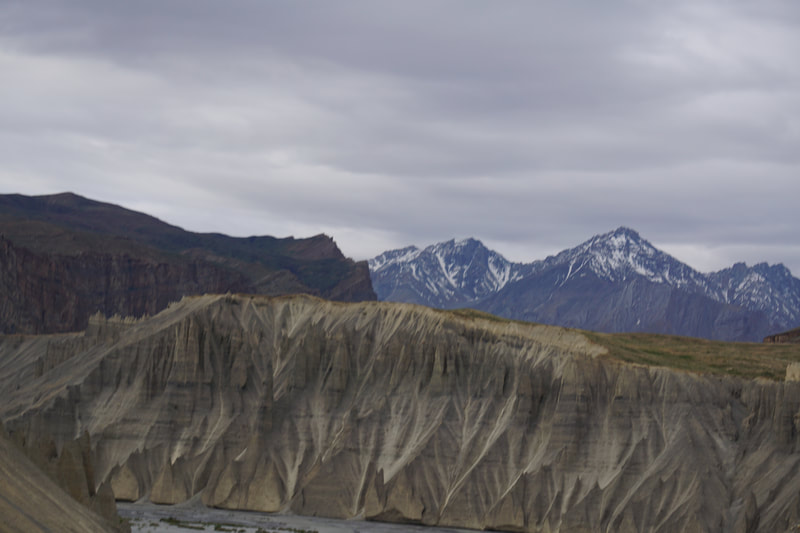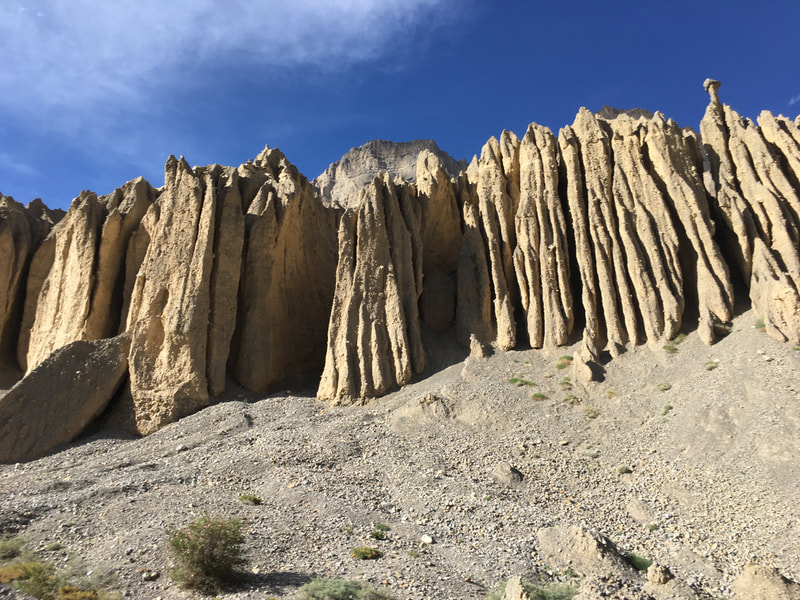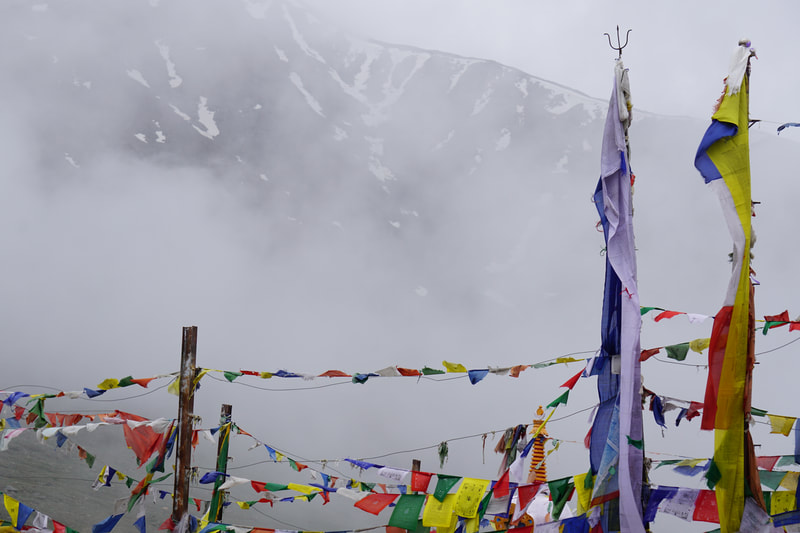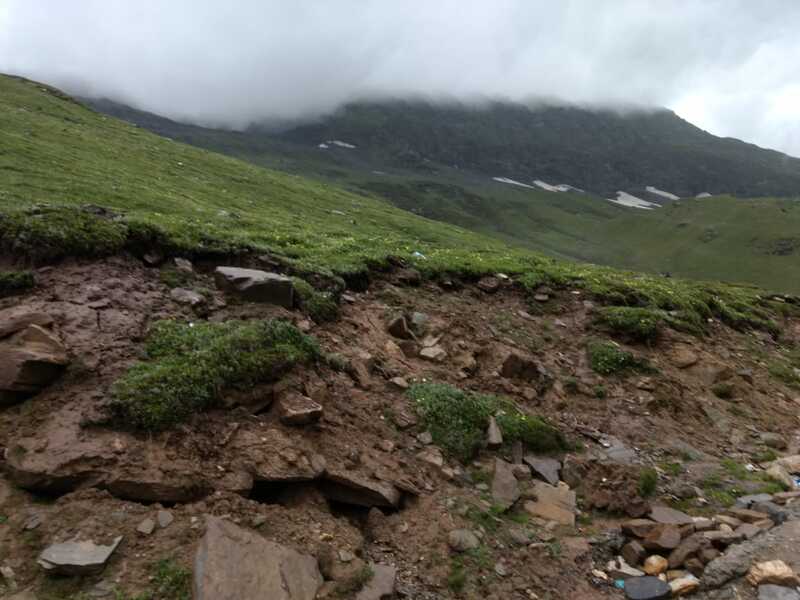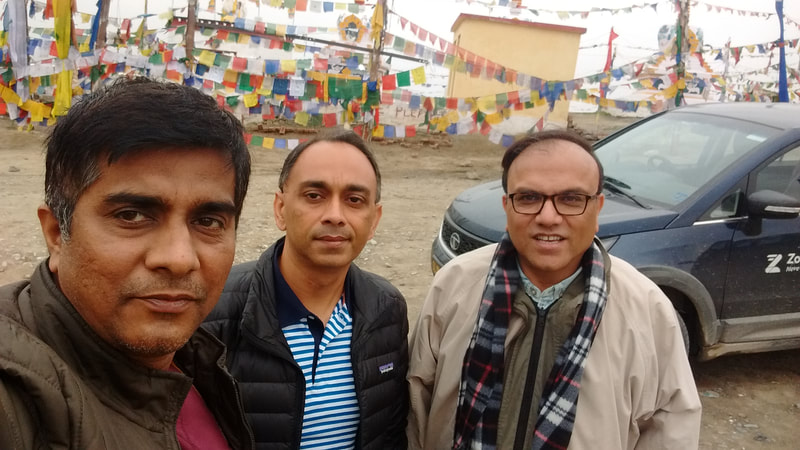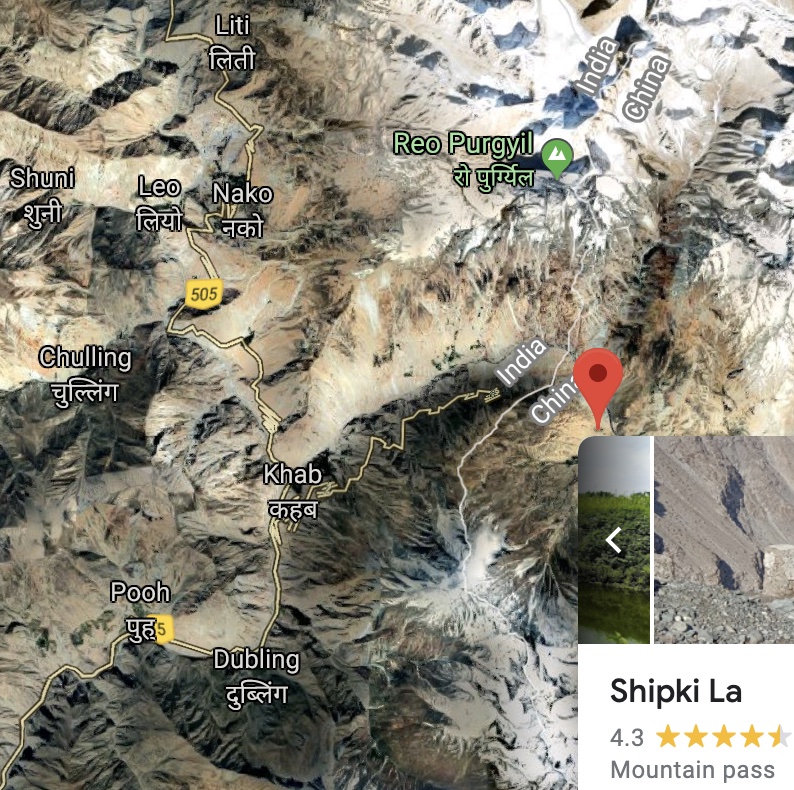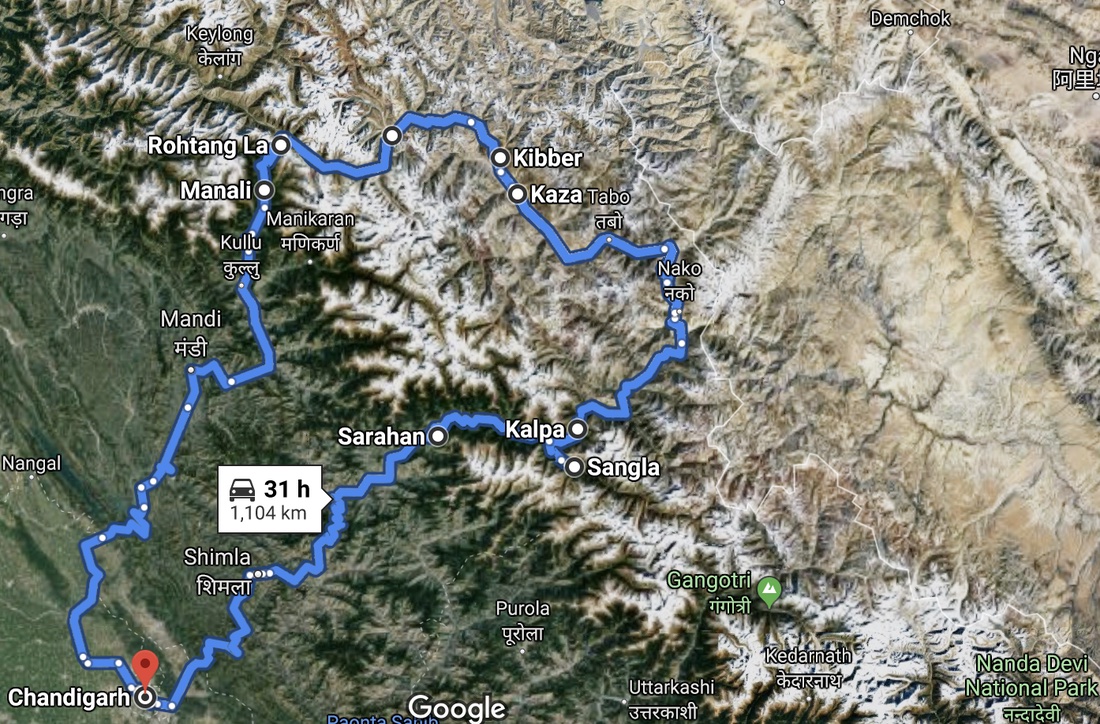Hindustan Tibet Road & Kunzum Pass - Where History Speaks
In June of 2018, me and my two friends, Anuj Mathur and Ramanjit Singh, drove from Chandigarh to Sarahan, Kalpa, Kaza, Kibber, Kunzum pass, Rohtang pass, Manali, Kulu and back to Chandigarh. The drive through Kinnaur and Lahul & Spiti is simply spectacular. We started early from Chandigarh after renting a Tata Hexa from Zoom car. It was smooth transaction except that we got a 2 wheel drive vehicle although we had booked a 4 wheel drive car which we knew would be an absolute necessity as it turned out subsequently.
The Hindustan Tibet road has been featured in the History Channel as one of the most “deadliest roads” in the world. Built in 19th century, the Hindustan-Tibet road, also known as the Silk route, the major part of the Hindustan Tibet Road passes through Kinnaur valley. It goes along the bank of river Satluj and finally enters Tibet at Shipki La pass.
The British Governor General of India, Lord Dalhousie (1848-1856), who wanted to create trade ties with Tibet, ordered to commission the work of constructing Hindustan Tibet Road in June 1850. Beyond Shimla, to the Shipki La pass on the border, the route included a length of 365 KM through Shipki-la in Tibet. ‘Shipki La’ is the pass which the protagonists in ‘Seven years in Tibet’ crossed to get into India.
The area had long been on one of the peripheral trade circuits of the legendary Silk Route. The path that passed the tract carried goods like musk, borax, wool, livestock, dry fruits, precious and semiprecious stones to and from Tibet, Kashmir, Ladakh and Yarkand. It was basically a mule track that local traders used to do border trade through other passes such as Lukma-La (Gongma-La), Yamrang-la, Gumarang-la, Shimdang la, Raniso-la, Keobarang etc.

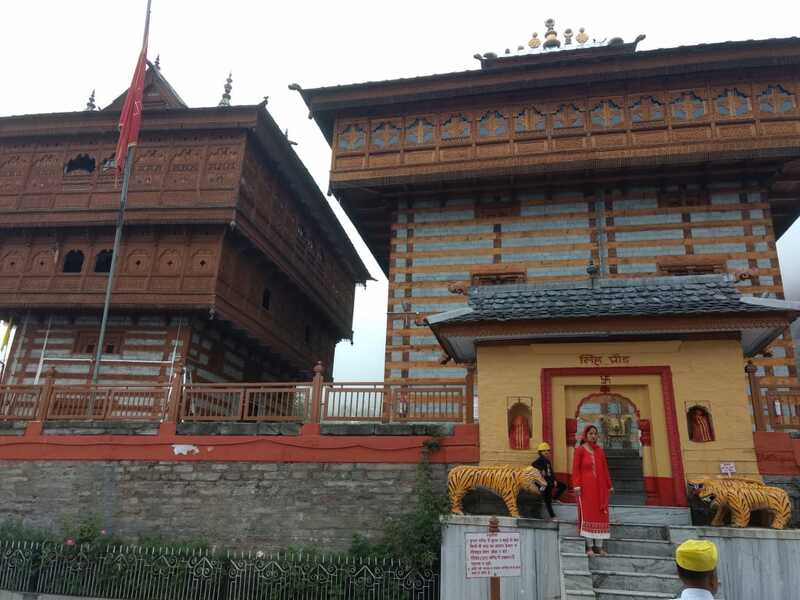

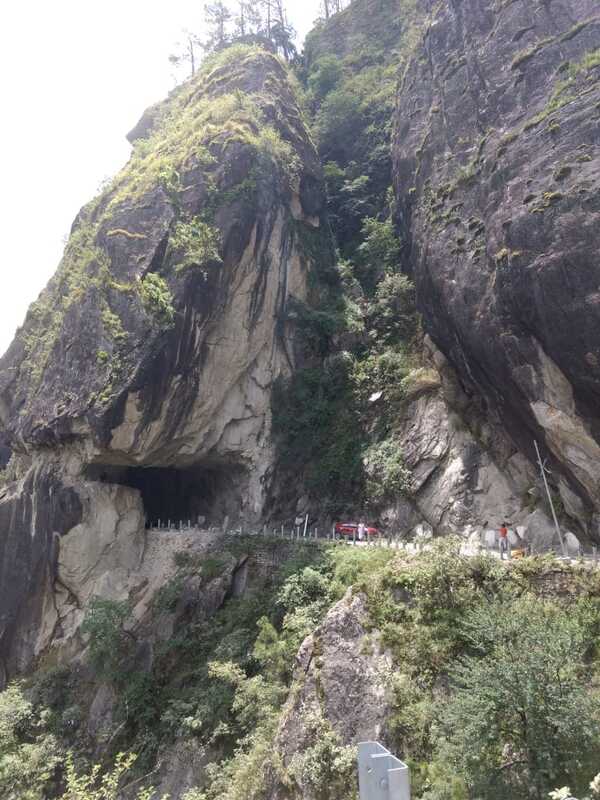
Kinnaur is a land seeped in mythology, nurtured and contained, no doubt, due to the inaccessibility of the region. Ancient Indian texts considered the mystical Kinners (people of Kinnaur) as supernatural beings, halfway between humans and gods. The Kinner Kailash range is purportedly the mythical winter abode of Lord Shiva. The Pandavas, too, chose Kinnaur to spend their last year of exile in.
The road to Shimla is fairly busy and has plenty of cafes by the roadside. Once you cross Kufri, traffic starts to subside quickly and, after Narkanda, it is pretty sparse. By the time we reached Narkanda, it was already 4 PM or so and we still had some way to go till our night halt at Sarahan. The last 10 KM to Sarahan was pretty bad as some bridge was under repairs and we had to take a detour through something that could hardly be described as a road. But the upside was that we passed through some of the prettiest apple fields, trees laden with dozens of apples and which seemed to have more apples than leaves.
Beautifully nestled amidst the snow capped mountains of Himachal Pradesh, the small village of Sarahan lies against the scenic backdrop of Pine trees, wild flowers, and many gushing streams. Sarahan is dotted with apple orchards and Oaks that provide a sharp contrast against the snowy mountains. Deep down the valley, river Sutlej flows where stand tall the peaks of Shreekhand. Sarahan is the abode of the famous Bhimkali temple, a sacred pilgrimage centre for Hindus and is believed to be 800 years old. The temple boasts of an unusual architecture and displays intricate carvings that make it a perfect example of the Indo-Tibetan style.
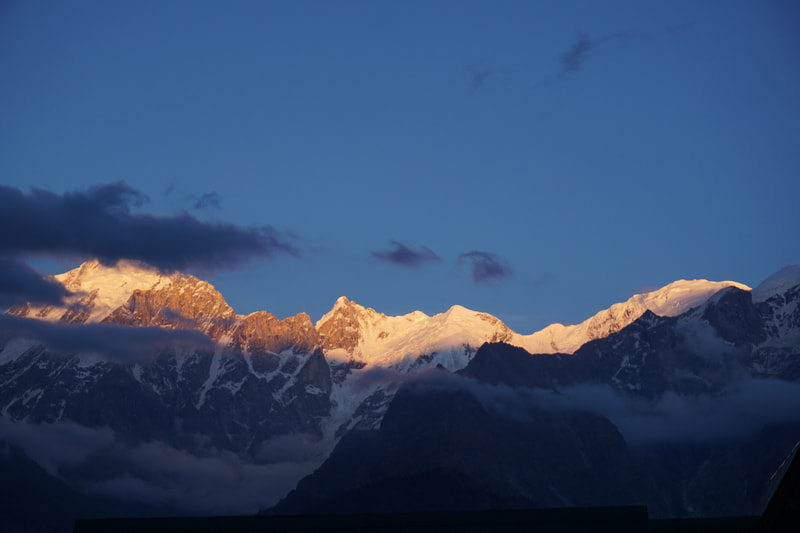


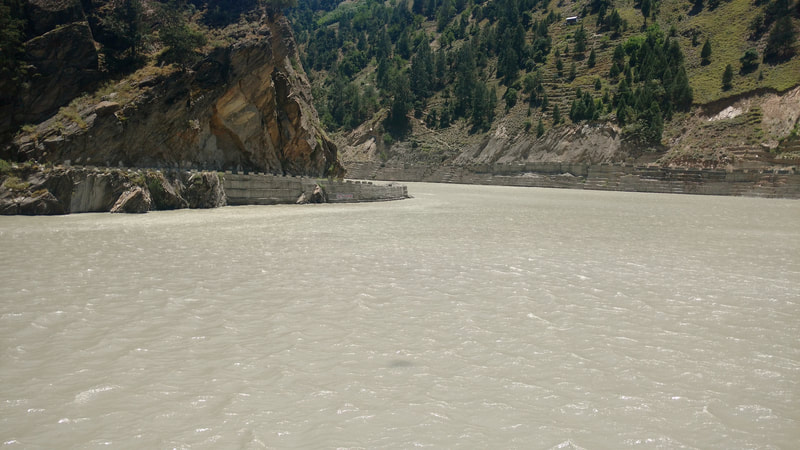
Sarahan to Kalpa is a beautiful drive and the entrance to the Kinnaur district is simply spectacular. As we approached Kalpa, the reason for the nice roads was clear. It leads to the massive Baspa Hydel Power Project that harnesses the wild Sutlej river. It is a civil engineering marvel, a massive project in an absolutely obscure part of the Himalayas and for which the roads had to be built to bring in the heavy construction equipment.
We took a detour to check out the Sangla valley, had a bowl of maggies as there was nothing else to eat there and then took a look at the picturesque backwaters of the Baspa Hydel project before heading for Kalpa. Once we reached Kalpa, we could see the Kinnaur Kailash mountain range resplendent in the evening sunset. Thanks to Himachal tourism, we found a warm and hospitable resting place that had a limited but delicious offerings.
After Kalpa, the road becomes lonely and after a while it pretty much disappears. The road to Kaza is barren and desolate but the views are awesome. And, by the way, don't trust the Google Map speed calculations, you cannot travel more than 15 KM per hour once you cross Kaza. And of course there are no cell connections of any kind till you reach all the way to Rohtang pass.
Beyond Kaza, the road gets treacherous and you need to be a skillful driver to navigate the narrow passages. It becomes particularly tricky when you have to back your vehicle at 14,000 feet altitudes in a single lane road to let the vehicle from the other side pass. Landslides and torrential steams crossing are common and you need vehicles that are heavy, it is not a place for anything lighter than a Scorpio or Sumo as it is otherwise going to be stuck or swept away. Also, you must cross Kunzum well before 9 AM in the morning as otherwise the melting snows results in torrential streams that are unpassable. For 6 months of the year, the road is completely closed.
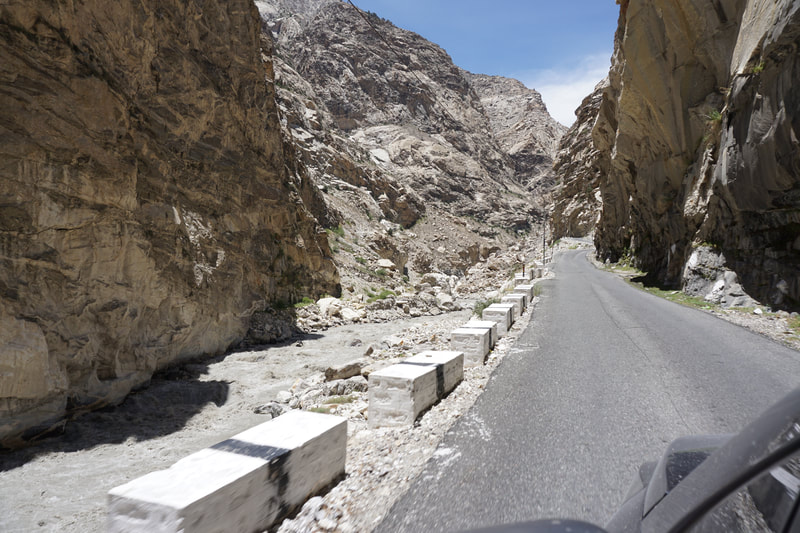
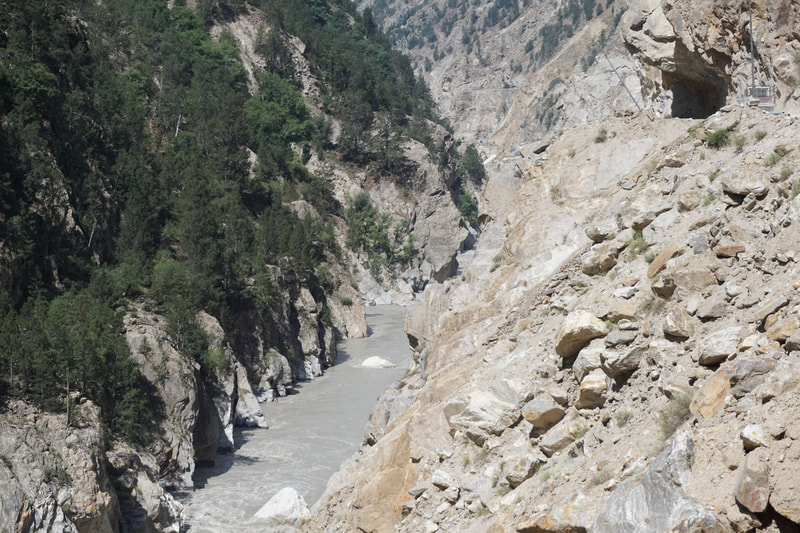
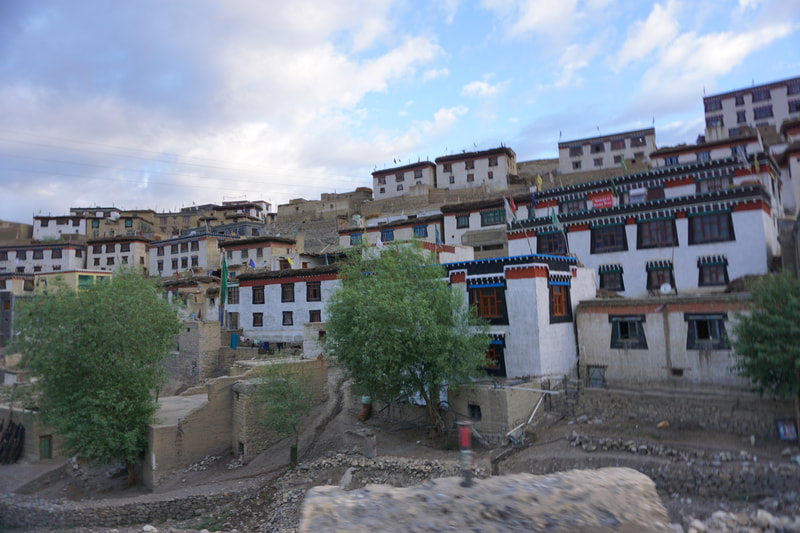

We passed through Kibber, the world's highest motorable village. The scenery is unique, population extremely sparse with an occasional cluster of small dwellings appearing suddenly out of nowhere.

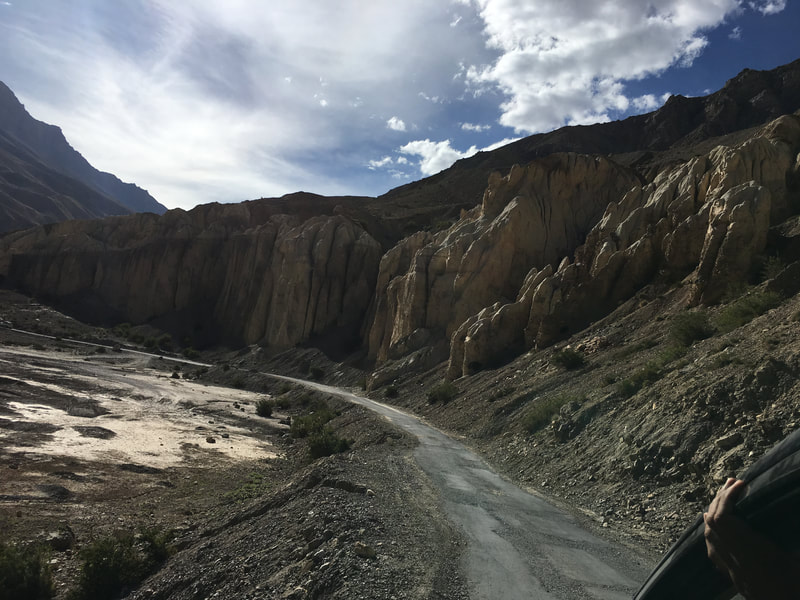
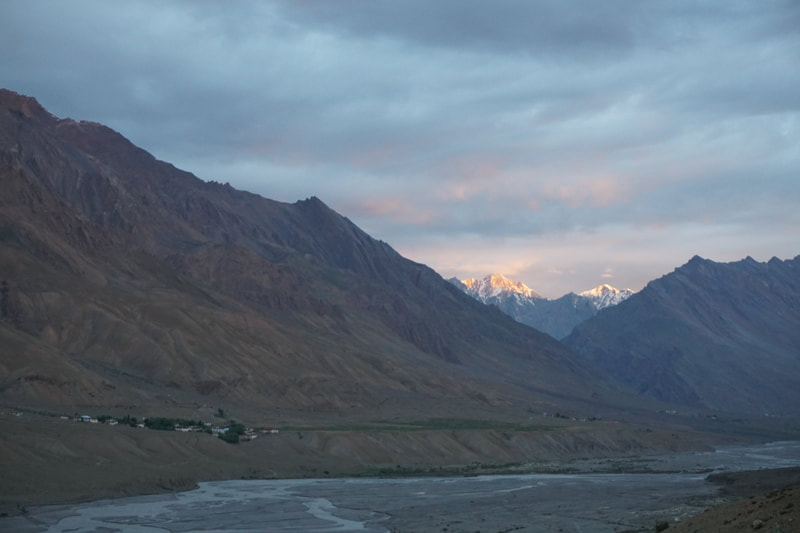
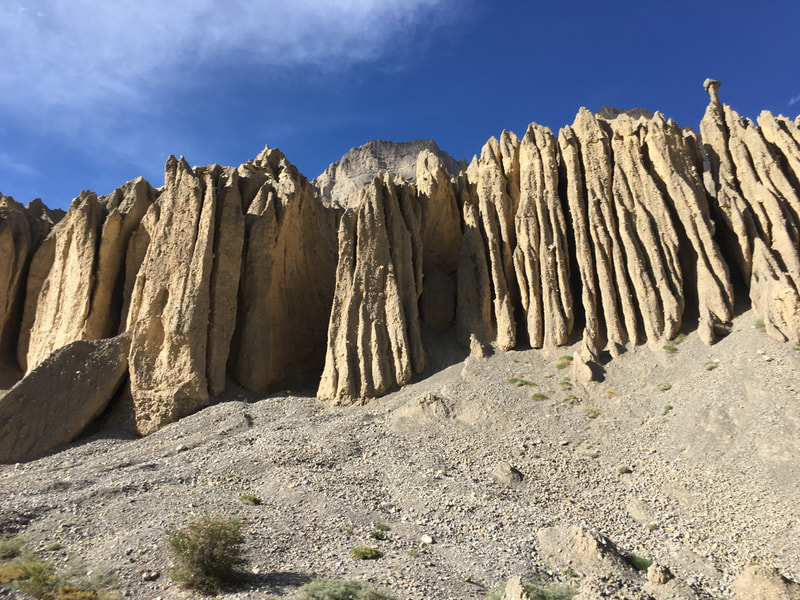
After Batal, on the way to Kunzum which is about 15 KM away, we found a lone person with Tibetan features sitting in the middle of the road. He was wearing just a shirt and was shivering in the cold. Naturally, we stopped the car, took him in and raised the heating to "thaw" him. What turned out thereafter was pretty strange. When we asked him what was he doing in the middle of nowhere, he claimed he was in export-import business. To top it of, he also reeked of alcohol but was not drunk. During the course of our enquiries, it turned out he hopped in and out of Tibet and dealt in delivering contraband goods. Tibet was just across the next hill to the right and just a few hours of trek. The stretch is mostly unguarded on both sides though the Chinese shoot at sight people such as him. To our horror, we discovered that he carried tiger skins to Tibet which were in demand as, sadly, the Indian tiger is Tibet's second skin. We were in no mood to take him along any further although the fellow wanted to come with us wherever we were heading. We dumped him off at the first sign of people after crossing the Kunzum pass. Thankfully, the Tibetans are changing their habits.
And finally, we are on top of Kunzum!
